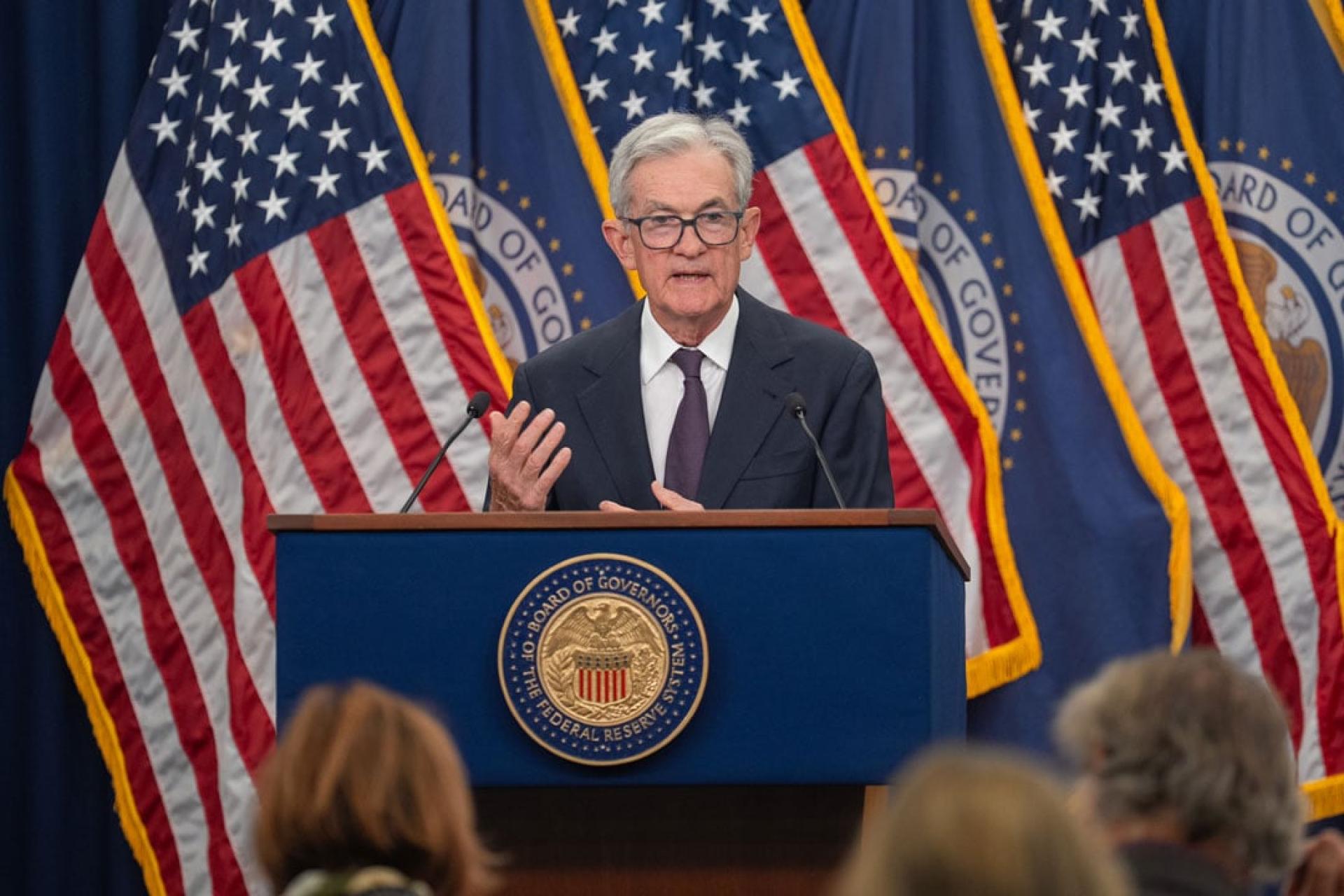The U.S. Federal Reserve concluded its two-day monetary policy meeting on the 17th, announcing a 25 basis point cut in the target range for the federal funds rate to between 4.00% and 4.25%.
This is the first rate cut by the Fed in 2025 and follows three rate cuts in 2024.
The Fed signaled that further rate cuts may be possible before the end of this year in response to the risk of a weakening labor market.
The Federal Open Market Committee, the Fed's policymaking body, said in a post-meeting statement that recent indicators show U.S. economic activity growth slowed in the first half, job growth slowed, and inflation rose slightly. Given the change in risk balance, the committee decided to lower the target range for the federal funds rate by 25 basis points.
Cut is "Risk Management"
Fed Chair Powell pointed out that this rate cut is a "risk management" measure and urged the public not to misinterpret the decision as being made under political pressure.
At the press conference, he emphasized that the Fed's decisions are always based on economic data and risk assessment, and will not be swayed by political considerations.
He noted that there was no broad consensus at the meeting on a one-time cut of 50 basis points, and therefore he does not believe a rapid adjustment of rates is necessary. The future policy path will continue to follow the "meeting-by-meeting" approach.
The decision to cut rates by 25 basis points was supported by most Fed officials appointed by Trump, with the only opposition coming from White House Council of Economic Advisers Chair Milan, who called for a larger easing.
On the 16th, Milan was confirmed by the Senate as a Fed governor and voted in this meeting to support a 50 basis point rate cut.
Since taking office in January this year, Trump has continued to pressure the Fed to cut rates.
